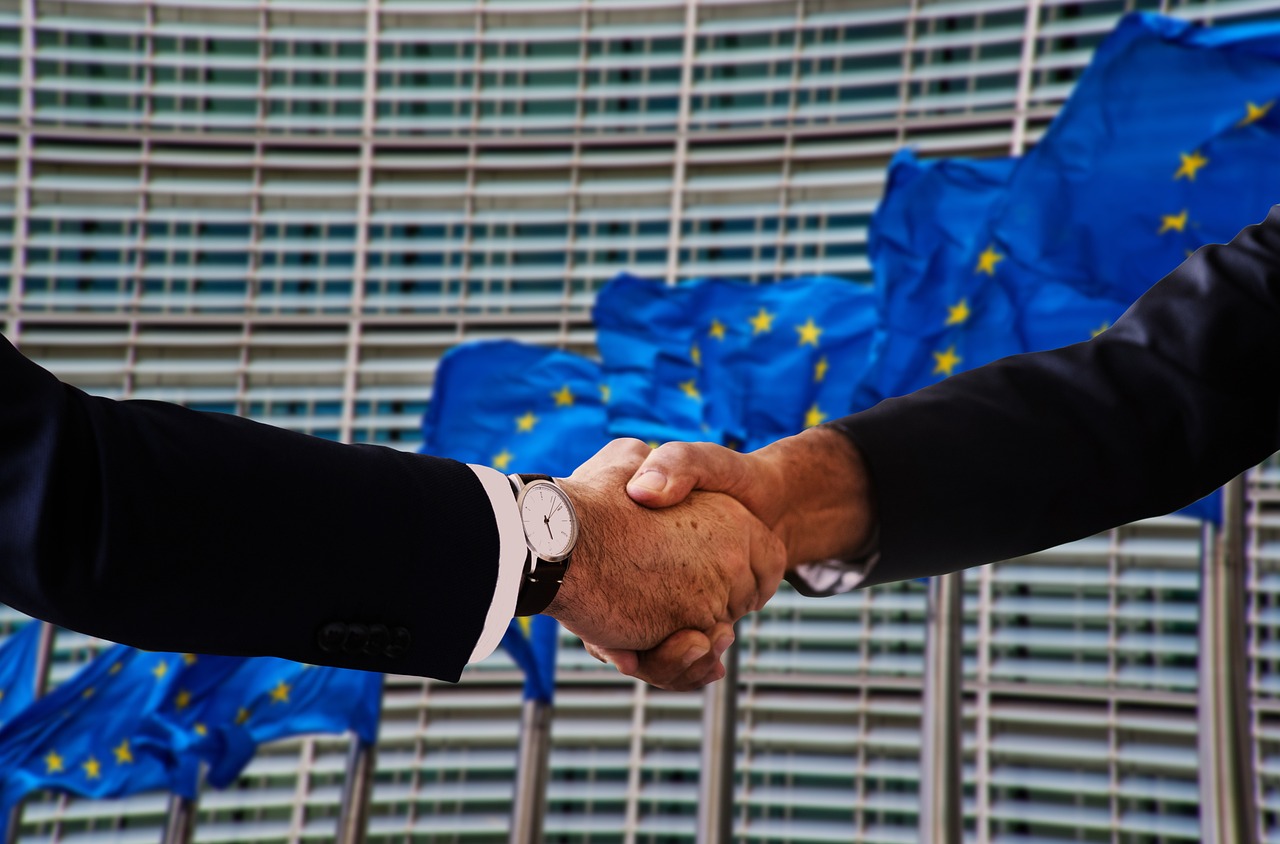Migration

The Informal Turn: Soft Law Regulatory Frameworks in EU External Relations?
The use of soft law in the external dimension of EU migration law has become particularly visible recently. However, this might be a sign of a more general path to soft regulation undertaken by the EU in external affairs. Through a survey of Memoranda of Understanding from 1974 to 2019, Ilaria Ronconi and Salvo Nicolosi explain that the EU has been increasingly relying on soft law arrangements, but its use differs across various policy areas, with major risks for the constitutional fabric of EU law, especially in the area of migration.
Ilaria Ronconi is an LLM student in European Law at Utrecht University.
Salvo Nicolosi is a RENFORCE Senior Researcher and Associate Professor in European and International Law at Utrecht University Law School.

Access to justice and EU enforcement agencies in the field of migration: an emerging problem
In this post, part of a special RENFORCE Blog series on the enforcement of EU law, Salvatore Nicolosi acknowledges the potential of EU migration agencies to support Member States in enforcing EU rules, but explains how an enhanced form of EU law enforcement through agencies should not be detrimental to the legal guarantees of migrants.
Read more
The New Pact on Migration and Asylum: a paradigm shift in regulation and enforcement?
Salvatore Nicolosi and Paul Minderhoud
Last September 2020, the European Commission unveiled the New Pact on Migration and Asylum to commit the EU and its Member States ‘to build a system that manages and normalises migration for the long term.’ A fierce criticism has been already raised by scholars and civil society, claiming that this political platform is all but new and definitely unfit for the ‘fresh start’ sought by the Commission. In an attempt to contribute to this thriving debate, this post raises doubts on whether the Pact constitutes an effective paradigm shift in regulation and enforcement for EU asylum and migration law. As will be illustrated, the Pact reflects a regulatory framework that does not fix the existing divergences between the Member States, while at the enforcement level the approach is still precarious both as to the role of EU agencies and a strategy to ensure Member States compliance.
Read more
